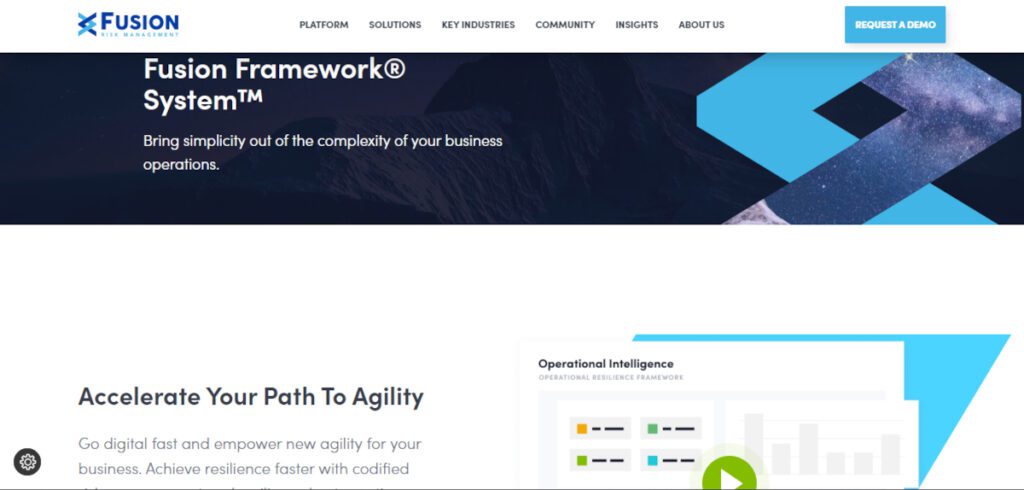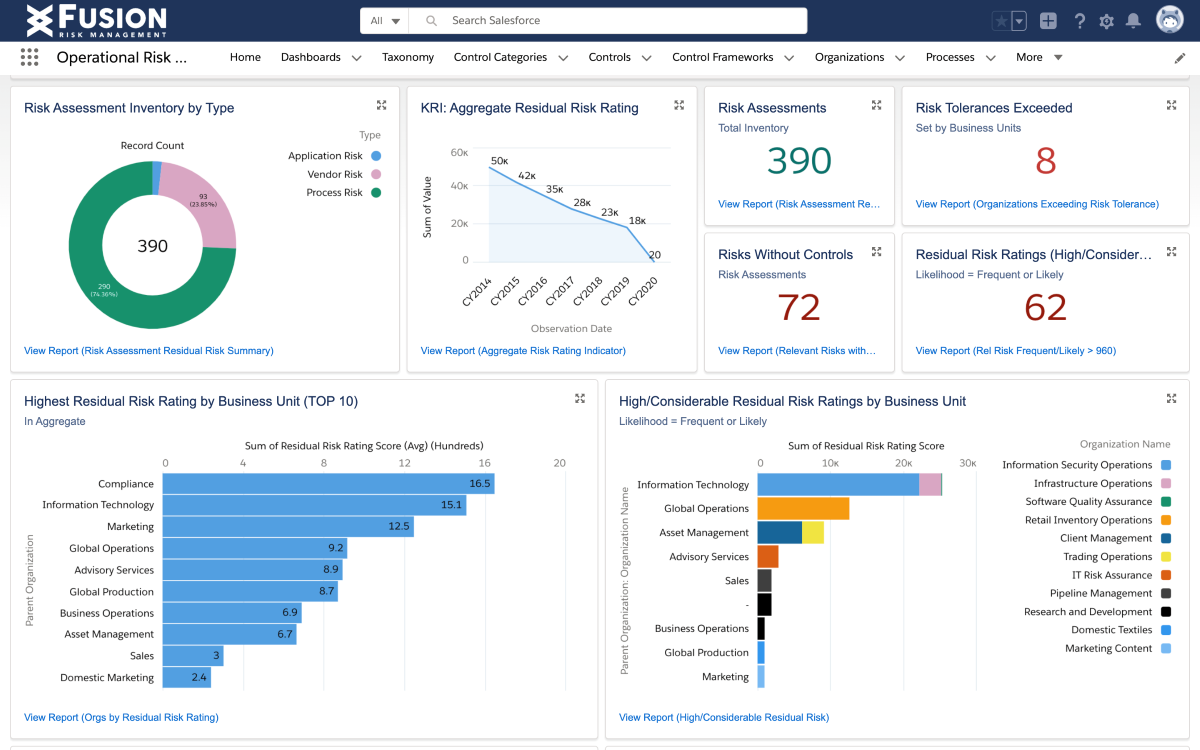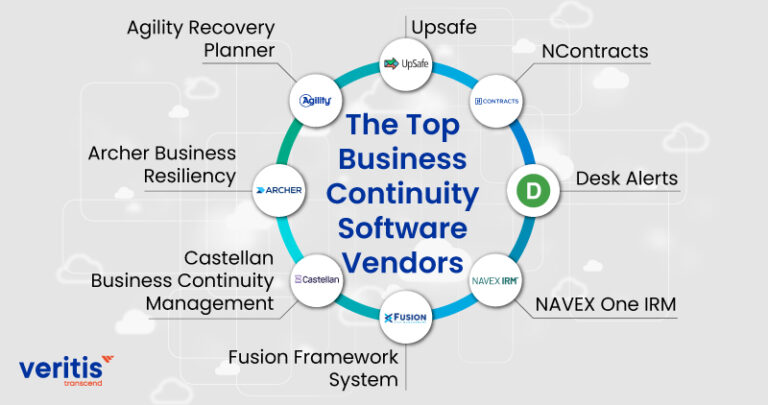Business continuity software sets the stage for this enthralling narrative, offering readers a glimpse into a story that is rich in detail and brimming with originality. In today’s fast-paced world, ensuring business continuity is crucial for organizational success.
Overview of Business Continuity Software

Business continuity software is a crucial tool for organizations to ensure the uninterrupted operation of their business processes in the face of unexpected disruptions or disasters. It helps in the development, implementation, and maintenance of strategies to keep essential functions running during times of crisis.
Purpose of Business Continuity Software
Business continuity software is designed to create and manage plans that Artikel procedures and protocols to follow in the event of a disaster or disruption. It helps organizations identify risks, establish recovery objectives, and ensure the availability of resources to minimize downtime and maintain business operations.
Importance of Implementing Business Continuity Software
- Ensures business resilience: By having a well-defined plan in place, organizations can quickly respond to disruptions and minimize the impact on their operations.
- Protects reputation: Being able to recover swiftly from a crisis helps maintain customer trust and loyalty.
- Regulatory compliance: Many industries have regulations that require businesses to have contingency plans in place.
- Cost-effective: Investing in business continuity software can save organizations money in the long run by preventing revenue loss due to downtime.
Examples of Industries that Benefit from Business Continuity Software
- Financial Services: Banks, insurance companies, and other financial institutions rely on continuous access to data and services to maintain customer trust.
- Healthcare: Hospitals and healthcare providers need to ensure that critical systems and patient care are not disrupted during emergencies.
- Manufacturing: Production downtime can result in significant losses, making it essential for manufacturing companies to have robust continuity plans.
- Information Technology: IT companies need to safeguard data and services to prevent data breaches or system failures that could impact clients.
Features and Functionality
Business continuity software offers a range of key features to help organizations plan and prepare for potential disruptions. These features are designed to ensure that critical operations can continue in the face of unexpected events, such as natural disasters, cyber attacks, or other emergencies. Let’s explore some of the common features found in business continuity software and discuss the role of automation in enhancing its functionality.
Key Features of Business Continuity Software
- Automated Disaster Recovery Planning: Business continuity software helps automate the process of creating and maintaining disaster recovery plans, ensuring that organizations have a structured approach to responding to disruptions.
- Risk Assessment and Analysis: These tools enable organizations to assess potential risks and vulnerabilities, allowing them to prioritize their resources and focus on the most critical areas.
- Incident Response Management: Business continuity software provides a centralized platform for managing incidents in real-time, allowing teams to coordinate their response efforts effectively.
- Communication and Notification: These tools facilitate communication with stakeholders, employees, and partners during a crisis, ensuring that everyone is informed and updated on the situation.
- Testing and Exercising: Business continuity software allows organizations to test their plans through simulations and exercises, identifying gaps and areas for improvement before a real incident occurs.
Types of Business Continuity Software
- Cloud-Based Solutions: These solutions offer flexibility and scalability, allowing organizations to access their plans and data from anywhere, anytime.
- On-Premise Software: On-premise solutions provide greater control over data and security, but may require more resources for maintenance and updates.
- Integrated Suites: Some software providers offer integrated suites that combine business continuity, disaster recovery, and risk management capabilities into a single platform.
- Specialized Tools: There are also specialized tools available for specific industries or regulatory requirements, such as healthcare or financial services.
Role of Automation in Enhancing Functionality
Business continuity software leverages automation to streamline processes, reduce human error, and improve overall efficiency. Automation can help organizations quickly respond to incidents, trigger predefined actions based on predefined criteria, and ensure that critical tasks are completed in a timely manner. By automating routine tasks, organizations can focus on strategic decision-making and response efforts during a crisis, ultimately enhancing their resilience and ability to recover quickly.
Implementation and Integration
Implementing and integrating business continuity software in an organization is a crucial process that requires careful planning and execution to ensure its effectiveness. Here are the steps for successfully implementing business continuity software and overcoming integration challenges:
Steps for Successful Implementation
- Conduct a thorough assessment of your organization’s needs and risks to determine the requirements for the software.
- Choose a reliable and reputable business continuity software vendor that aligns with your organization’s goals and objectives.
- Develop a detailed implementation plan that includes timelines, responsibilities, and milestones.
- Train employees on how to use the software effectively and ensure they understand its importance in maintaining business continuity.
- Regularly test the software and update it as needed to ensure it remains relevant and effective.
Challenges in Integration with Existing Systems
- Compatibility issues between the business continuity software and existing systems can pose a challenge during integration.
- Data migration and mapping can be complex, especially when transferring information from legacy systems to the new software.
- Lack of support from key stakeholders and resistance to change within the organization can hinder the integration process.
Best Practices for Smooth Integration
- Involve key stakeholders from different departments in the integration process to ensure buy-in and alignment with organizational goals.
- Communicate effectively with employees about the benefits of the software and how it will improve business continuity processes.
- Work closely with the software vendor to address any compatibility issues and ensure a seamless integration.
- Regularly monitor and evaluate the integration process to identify and address any issues that may arise.
Benefits and ROI: Business Continuity Software

Business continuity software offers a wide range of benefits for organizations in terms of disaster recovery and risk management. By implementing this software, companies can improve operational efficiency and ensure business continuity in the face of unexpected disruptions. Let’s delve deeper into the advantages and return on investment (ROI) associated with using business continuity software.
Improved Disaster Recovery and Risk Management
- Business continuity software helps organizations create and maintain comprehensive disaster recovery plans, ensuring they are well-prepared for any unforeseen events.
- By centralizing data and processes, this software enables quick and efficient recovery in the event of a disaster, minimizing downtime and reducing potential financial losses.
- Automated alerts and notifications in the software ensure that potential risks are identified early, allowing for proactive risk management and mitigation strategies.
Enhanced Operational Efficiency
- Business continuity software streamlines communication and collaboration among different departments, facilitating a cohesive approach to disaster recovery and risk management.
- Improved data accessibility and visibility provided by the software enable faster decision-making processes, enhancing overall operational efficiency.
- Automation of routine tasks and processes within the software frees up employees to focus on more strategic initiatives, boosting productivity and efficiency.
Measuring ROI, Business continuity software
- Organizations can measure the ROI of implementing business continuity software by comparing the costs associated with downtime and recovery efforts before and after software implementation.
- Calculating the reduction in downtime, recovery time, and potential financial losses post-implementation can provide a clear picture of the software’s impact on the organization’s bottom line.
- Additionally, tracking key performance indicators (KPIs) related to disaster recovery and risk management, such as recovery time objectives (RTOs) and recovery point objectives (RPOs), can help quantify the tangible benefits of using business continuity software.
Closing Summary

In conclusion, business continuity software is a vital tool in safeguarding organizations against disruptions and ensuring seamless operations. By embracing this technology, businesses can enhance their resilience and adaptability in the face of challenges.
